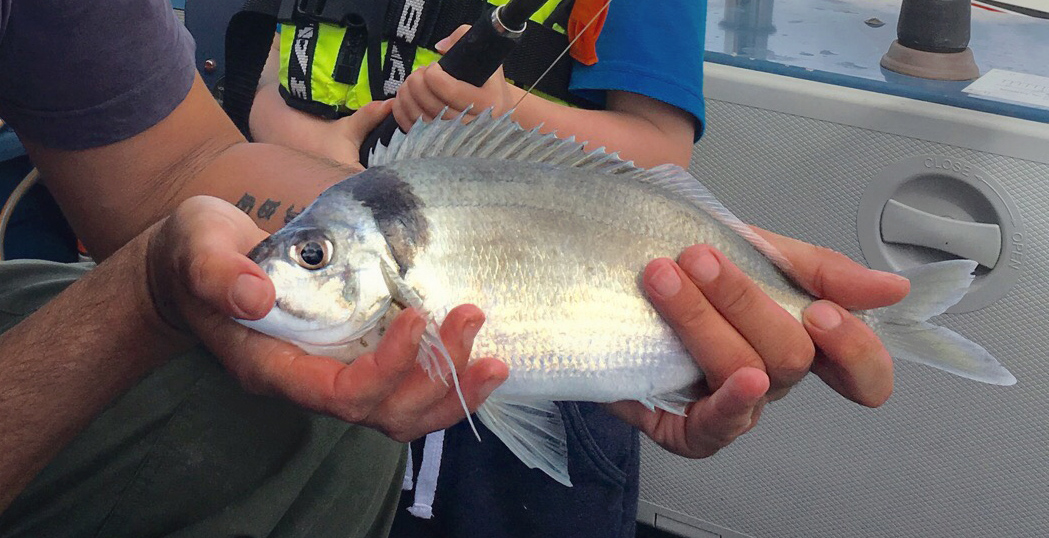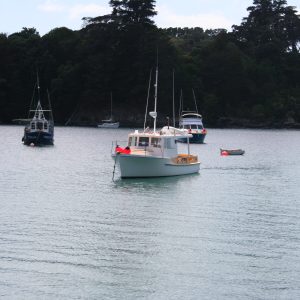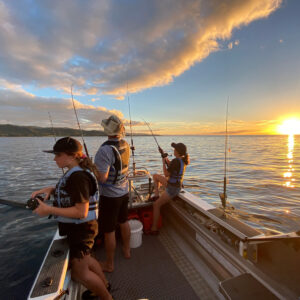Tarakihi and bluenose are important target species for people fishing on the east coast of New Zealand, between Northland to Southland. Having them abundant and available is important for our social and cultural wellbeing, with the added bonus that they taste great when eaten fresh with family and friends.

Under the Quota Management System (QMS) both species have suffered the same fate in the past 20 years: necessary catch reductions have been avoided through legal challenge, Ministry inaction or time wasting.
The end result is tarakihi and bluenose have endured higher than reasonable catch rates while quota holders argue for smaller catch reductions to protect their earnings. This leaves all New Zealanders paying the price for their opposition to precautionary management.
In June this year the High Court agreed with Forest & Bird that the Minister must prioritise the sustainability of tarakihi before considering the commercial interests of quota holders. This ruling gave us some hope for change.
However, we didn’t realise the amount of fence jumping occurring during the legal proceedings. This has made it hard to keep up with developments.
Some swift discussions must have occurred behind closed doors because by this September we learned that Forest & Bird were on their own. The other parties, including the Minister, MPI and commercial interests, all agreed to hold off on this year’s review.
So, the submission we made this year in support of catch reductions and less trawling was not taken into account. There will be no changes to tarakihi catch limits until at least October 2022.
Future management of tarakihi
The management target stock size for tarakihi is 40% of unfished biomass, B40. In 2017 the east coast stock was estimated to be around 17% of its original size. By 2018 the estimate was down to 15.9%, requiring a rebuild plan.
Given the ongoing high exploitation rate it’s feasible the next assessment could see the stock closer to the hard limit of 10%. Meaning close to 90% of the biomass has gone, making it harder for the remaining fish to find each other and reproduce.
Undue influence
This scenario highlights the inadequate application of the precautionary principles in the Fisheries Act, and the ability of commercial interests to sway decision making even when the evidence supports drastic action.
The Ministry has already adjusted down its rebuild standards so it won’t be a surprise if next year they present a good case for no further cuts to commercial catch limits, or urge the Minister to apply limited cuts based on another “rebuild” plan.
For us, it’s difficult to envisage a rebuild any time soon given the collaboration between the Ministry and commercial fishing interests. That’s because fish populations are being maintained at levels that enable successful commercial harvest but limit recreational catch.
The Quota Management System is a one-way valve. Quota owners are granted free catch increases while dictating to us that they will not accept necessary catch reductions, even when a stock such as tarakihi is clearly below the soft target and heading for the hard limit of 10%.
It’s a rotten system. We do not accept the status quo as the new normal. We want our fish and marine environment restored. Now. Please sign our petition at rescuefish.co.nz/petition.





